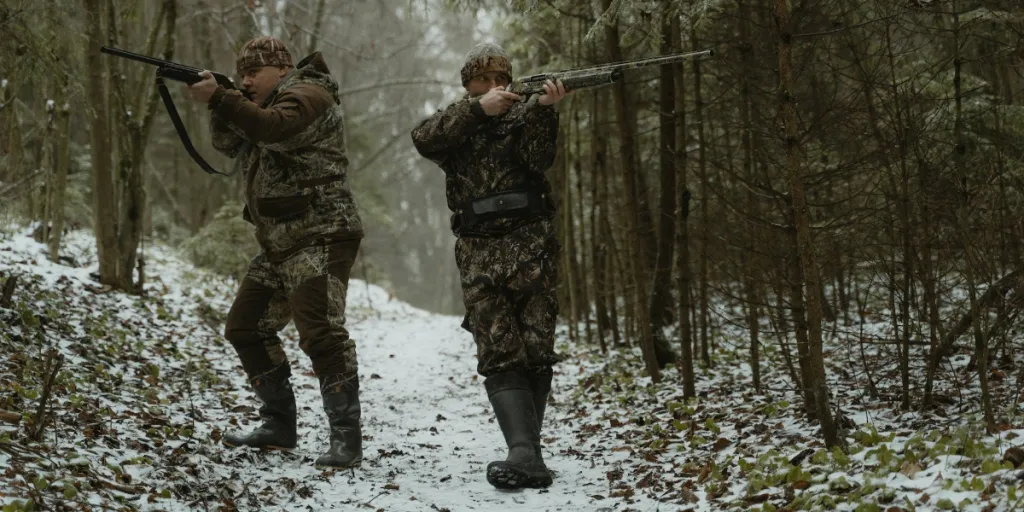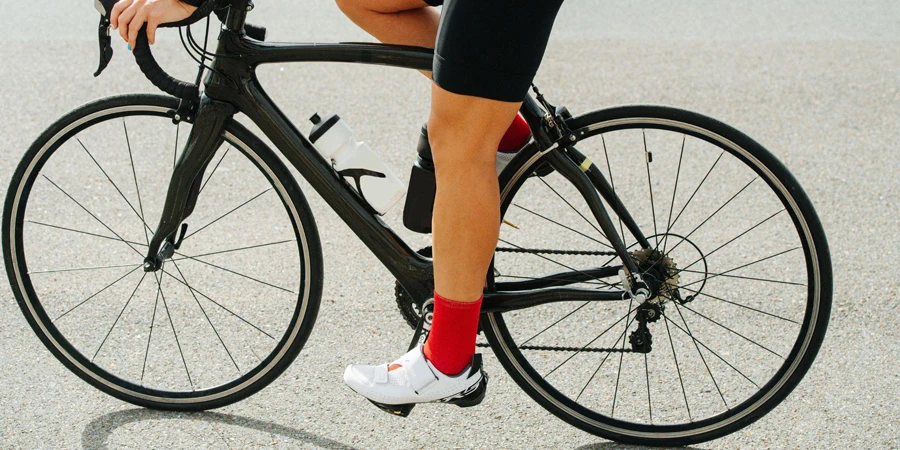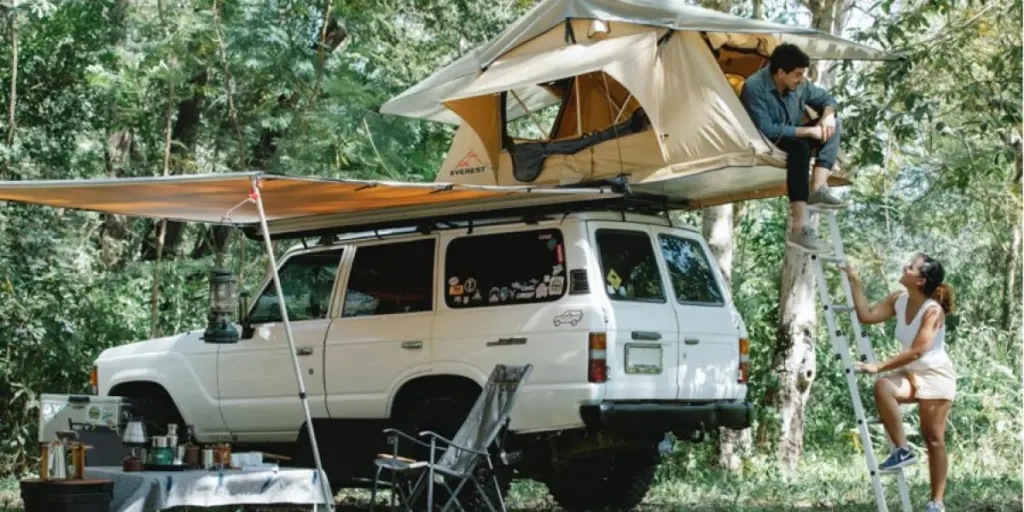The world of canoes has a lot to offer when it comes to adventure in 2023. Canoes are ageless vessels that lend themselves to leisurely lakeside trips and hair-raising runs through whitewater canyons or multi-day backcountry treks. Finding the ideal canoe may require much effort because of the incredible variety of options available.
Each type has a distinctive property that suits particular purposes, usage skills, and personality considerations. They range from traditional ones made of wood, such as cedar, to modern ones made of materials like fiberglass and polyethylene.
Here is a comprehensive guide to help you pick an ideal canoe for 2023.
Table of Contents
Overview of the global canoe market
Types of canoes
How to choose an ideal canoe in 2023
Summary
Overview of the global canoe market

According to Google Ads, the average monthly searches for canoes stand at 550,000, which shows the keyword has a high search volume compared to others. The canoe market is concentrated in North America, Europe, Asia-Pacific, South America, Africa, and the Middle East.
An increase in outdoor recreation causes the rise in demand for canoes, the growth of a middle class that can afford to pay, and heightened consciousness about the conservation of the environment. Furthermore, these regions also have numerous natural landscapes, lakes, and other water bodies that offer perfect surroundings for people who like to use canoes.
Types of canoes
1. Racing canoe

On average, racing canoes have a monthly search of around 2,400, making them one of the most searched keywords on Google Ads. These canoes usually feature increased longitude, narrowness, and thin shells in their design since they operate under flatwater conditions.
They are designed in a sleek and streamlined shape to ensure maximum paddled effectiveness. To excel in racing, a racing canoe is made of hi-tech materials with low weight, such as carbon fibers.
Racing canoes are usually of good length, extending upwards of 18 to 22 feet. A lot depends here on the makeup material, which could be anything between 20 to 45 pounds. Racing canoes average between US $1,000 and US $3,000 each. When handled by skillful paddlers, these canoes can effectively achieve a speed of 8 to 12 miles per hour (mph), meaning they are the fastest vessels for canoe sprint races.
2. Recreational canoe

The recreational canoe is the most popular, providing the best experience for those who wish to relax while paddling about or exploring various areas. A versatile and user-friendly recreational canoe is perfect for families or beginner runners. They are wider in their beam than other canoes, making them stable when used on non-navigable calm waters such as lakes and slower navigating rivers.
They are usually wider and more stable, with an average length of about seventy inches (14 to 17 feet) and a weight of 60 to 80 pounds. The prices of recreational canoes fall between US $400 and US $1500. These canoes travel from 2 to 4 miles per hour. Recreational canoes have more than 90 monthly searches on Google Ads.
3. Touring canoe

Touring canoes come in handy for multi-day cruising as well as wilderness excursions. They have movable seats, footrests, and floatation chambers/compartments for additional safety. The canoes are ideal for calm or somewhat tough waters and are preferred by persons eager to merge with nature on long trips. Their size varies typically between 16–18 feet long, and they weigh about 75 pounds.
The cost of a touring canoe ranges from US $800 to US $2,500. Touring canoes keep an average speed of 3 to 5 mph and gather more than 200 searches on Google Ads monthly.
4. Whitewater canoe

Whitewater canoes are the most searched type on Google Ads, averaging 2,900 monthly searches. They have shorter lengths, better responsiveness than other canoes, and a rockered hull that helps navigate choppy waters.
These models, for instance, comprise rugged materials such as Royalex or HDPE, which can thrive under constant contact with rocks and obstacles in white water. A whitewater canoe possesses strengthened hulls and has increased buoyancy for stability under the influence of rough water surfaces.
Whitewater canoes are small and flexible in nature: usually from 10 to 15 feet in length and 65 to 85 lb weight. The prices of white-water canoes vary from US $800 to US $2,000. These canoes can maintain a speed between 4 to 6 mph in rough water, which is perfect for navigation during rough rapids.
How to choose an ideal canoe in 2023
1. Price

The price of canoes varies largely on many aspects such as type, kind of material it is made of, and brand. Establish a budget for how much you will contribute to purchase the canoe. Remember not to leave out other important costs like paddles, life jackets, and transporting items while budgeting here.
It is also important not to buy a very low-cost canoe because it could be unreliable and not provide good service. Typically, you will find a good quality canoe between US $800 and US $2,500, with luxury or premium models priced over US $10,000.
2. Type
As mentioned earlier, there are different types of canoes: including racing canoes, recreational canoes, touring canoes, and whitewater canoes. Think about what kind of paddling experience is preferred to pinpoint that right fit.
Are people attracted to paddling on the whitewater rapids, or do you see them spending quiet days floating in placid lakes? As a result, the perfect canoe will be identified, matching the aspirations and desired use accordingly.
Racing canoes: They are the best for thrill seekers who yearn for excitement in a competitive sprint race in calm and flat water.
Recreational canoes: For those who prefer calm water leisurely excursions such as in lakes or slow rivers, the recreational canoes offer stable and comfortable seating for relaxed stroking.
Touring canoes: These canoes are ideal for extended expeditions in different bodies of water where one needs stability and speed.
Whitewater canoes: Fast-flow river navigation is more exciting when using whitewater canoes, which are made to be nimble and sturdy.
3. Material

With respect to a canoe’s endurance, weight, and performance, the most critical things will be the components of which it is made. Canoes could be made out of many materials, including:
Aluminum: Aluminum canoes are considered tough and are the preference for people with tight purse strings. They are thicker and heavier than canes made from other materials.
Fiberglass: Light-weight fiberglass canoes boast of great performance. They are rapid in the water and perfect for sailboat racing or cruising. Their handling becomes fragile as well as intolerant of rocky and shallow waters.
Polyethylene: Polyethylene canoes are known for their ability to deal with choppy rapids and hard hits with rocks. They are also relatively affordable. However, they can also be larger and slower in performance.
Wood: Wooden canoes are classic in appearance, which often appeals to traditionalists. Their weight is light compared with other substances. A wooden canoe may need some attention to be kept at its best.
4. Length and width
The type of canoe you choose will directly affect how it takes on the water and whether it is suitable for certain ventures.
Long canoes have lengths of 16 to 18 feet or more. Long canoes excel in their tracking capabilities, enabling them to follow a straight line easily. They are great for touring on open waters and competitive races where fastness counts.
Short canoes are about 10 to 15 ft. These boats are ideal for maneuvering through the bends that come with the white water rapids. They provide exactly the right measure of agility required when paddling in tough and treacherous waters.
Initially, wider canoes with beams ranging from 35 to 42 inches provide better stability. Narrower vessels of a beam close to 30 inches are explicitly developed for speeding. However, they offer thrilling action and may require some added skill-handling balance.
5. Capacity

The canoe’s carrying capacity ensures that the users and gear fit properly. Check how many people and how much equipment or supplies the canoe can carry. Watch out for the canoe’s weight capacity rating, indicating how much weight it should take without risking the boat.
Racing canoes accommodate up to one or two paddlers and minimal equipment. The models have a load-carrying capacity varying between 300 to 450 pounds.
Recreational canoes are for leisure and usually comfortably hold two or three people. Some of them can carry weights between 600 and 800 pounds.
Touring canoes are perfect for longer trips, given their generous storage capacity for gear and supplies. Most weigh between 700 to 1,000 pounds or more. They can hold 2 to 4 paddles and other equipment for that number of people.
Whitewater canoes are mainly made to withstand the rapids; they prove an ideal vehicle for one or two persons. Depending on the purpose of such expeditions, they could bear between 350 to 550 pounds of load.
6. Stability

Wide beams provide the newbies with stable starting points in canoeing so that they enjoy their effortless and serene experience while sailing along the water bodies. However, a proficient paddler could be attracted to a canoe that is less stable initially because of its flexibility and quickness but requires some skills for balance retainment.
Summary
To choose a perfect canoe in 2023, one must consider cost, design, material, size, dimensions, carrying capacity, and stability. From high-adrenaline whitewater adventures to gentle strolls along the shoreline, they are all available among numerous canoes.
Visit Chovm.com to find different types of canoes and choose the one that suits your needs.








